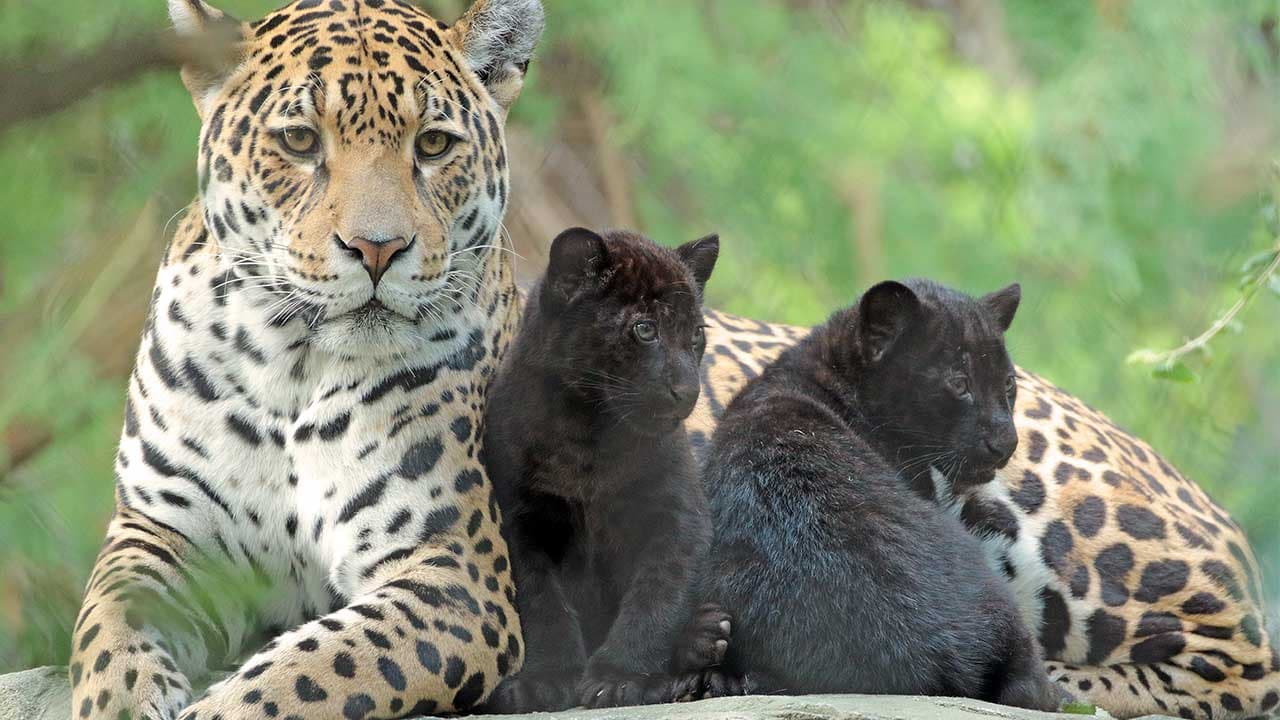A recent discovery at the Similipal Tiger Reserve in eastern India has captivated scientists worldwide.
Here, tigers with unusually thick and continuous black stripes create the impression of a dark coat, reflecting a rare genetic phenomenon. A joint research effort by geneticists from India and the United States has pinpointed the mutation behind this fascinating trait. These tigers exhibit a form of “pseudo-melanism,” where the broad stripes merge, giving them a predominantly dark appearance. Unlike albino tigers, which are white with black stripes due to a separate genetic defect, pseudo-melanistic tigers are darker in color.
Around one-third of the tigers in Similipal exhibit this rare characteristic, distinguishing them from those with more common patterns. Under the leadership of Dr. Vinay Sagar from the Tata Institute of Fundamental Research, the research team analyzed the DNA of 85 tigers from four subspecies. Their findings, published in the Proceedings of the National Academy of Sciences, revealed a mutation in the Taqpep gene in pseudo-melanistic tigers.

This mutation affects both copies of the gene, altering the typical stripe pattern by widening the stripes and sometimes causing them to merge. Dr. Greg Barsh, a geneticist from Stanford University and the HudsonAlpha Institute for Biotechnology, explained that this mutation enhances black pigmentation in the tiger’s coat, similar to how recessive genes create distinctive markings in species like zebras and cheetahs.

Despite the allure of their unique appearance, tigers worldwide face numerous threats, with three out of the eight tiger subspecies declared extinct. Remaining populations are severely endangered, and those in captivity are at risk of losing genetic diversity.
Conservation geneticist Dr. Uma Ramakrishnan from the Tata Institute of Fundamental Research highlighted the challenges faced by isolated populations, such as the one in Similipal, which are vulnerable to genetic drift and inbreeding. The prevalence of the Taqpep mutation in this region may be linked to this limited gene pool.

Interestingly, the research team suggests that the pseudo-melanistic trait may provide survival advantages, much like the melanistic leopards, which are well-suited for camouflage in dense forest environments.

The black stripes of these tigers may help them blend in better with the forest, thereby increasing their chances of survival in the wild. The discovery of the genetic origins of pseudo-melanism in tigers offers new insights into the complex interplay between genetics, evolutionary processes, and survival adaptation, while also highlighting the rich diversity within tiger populations.















